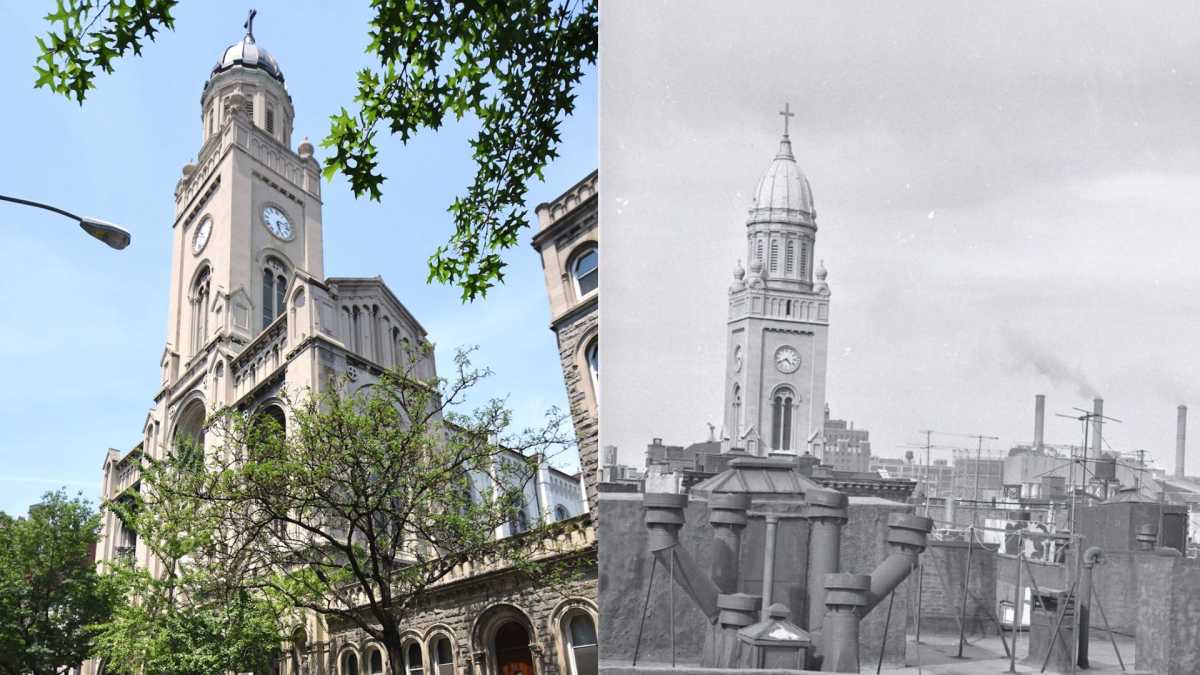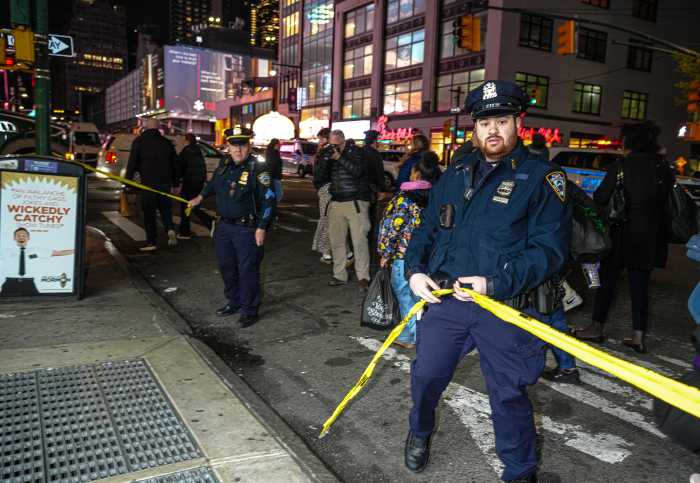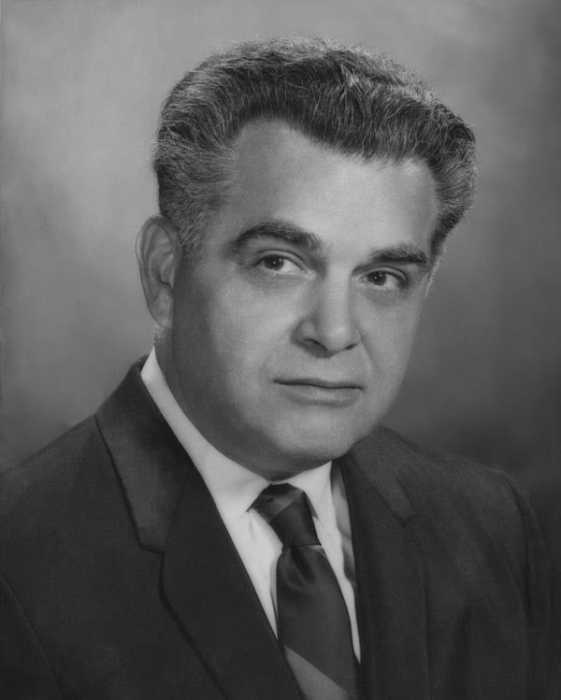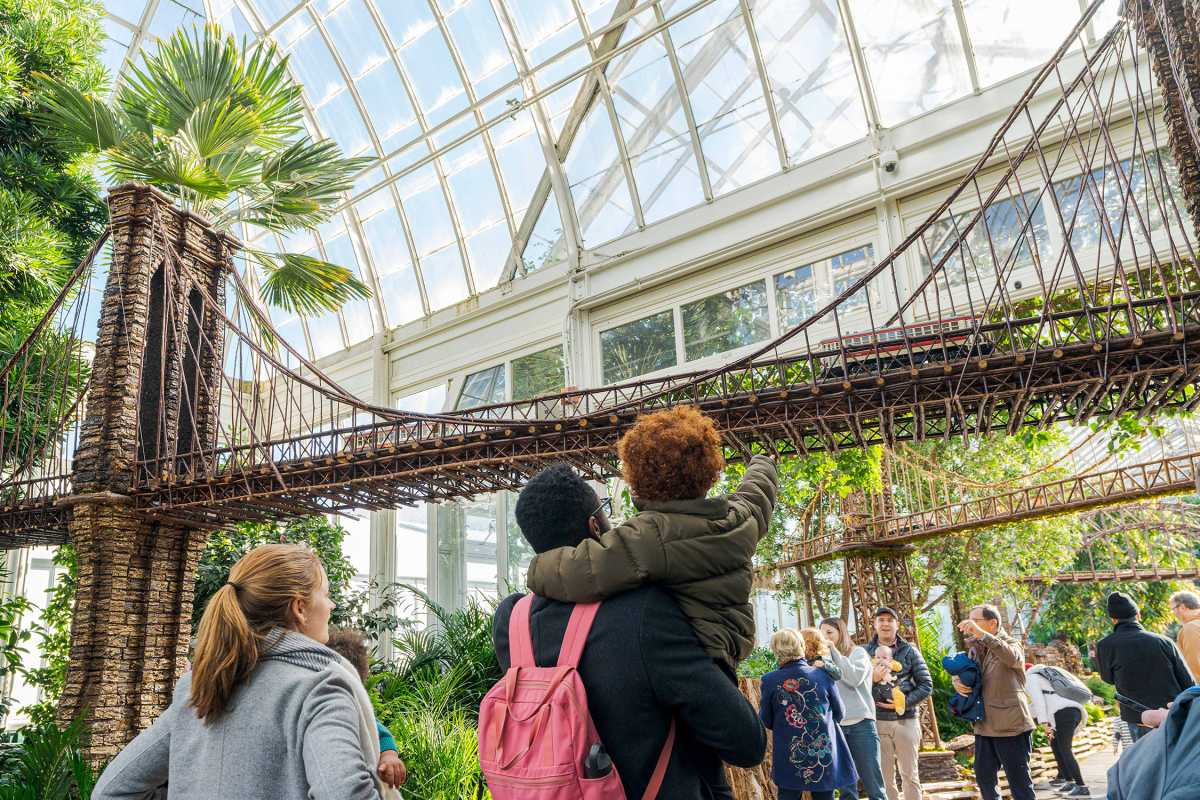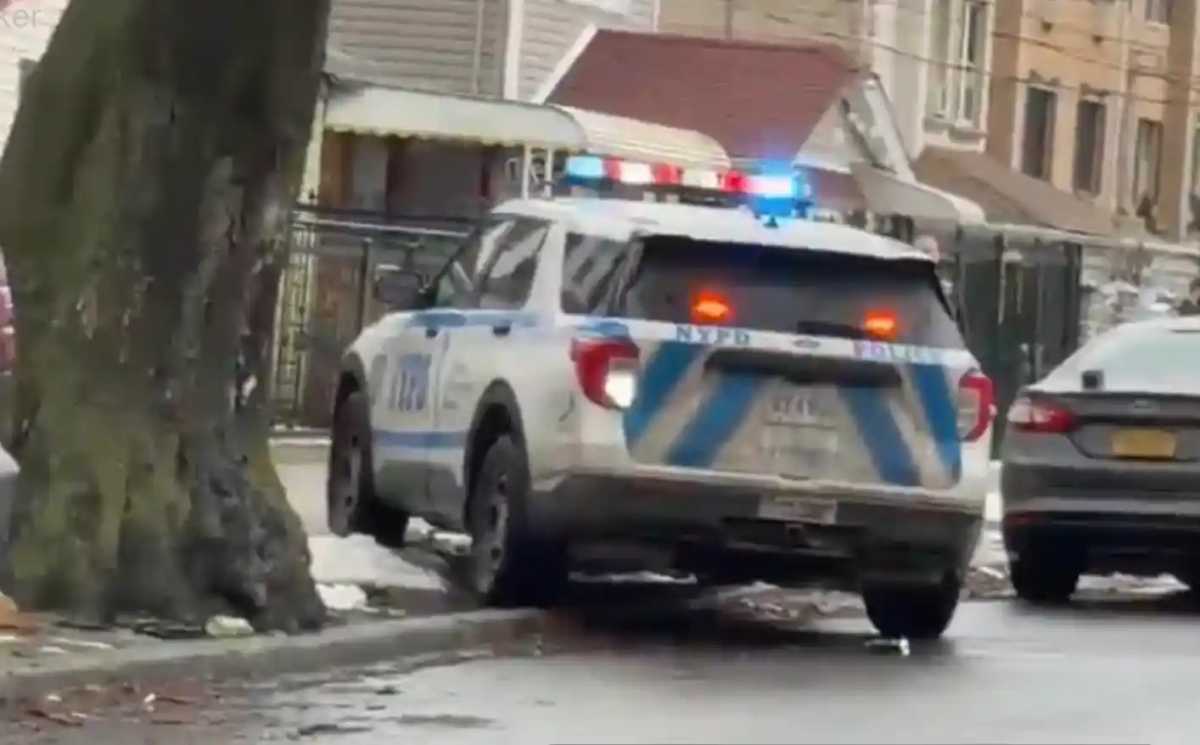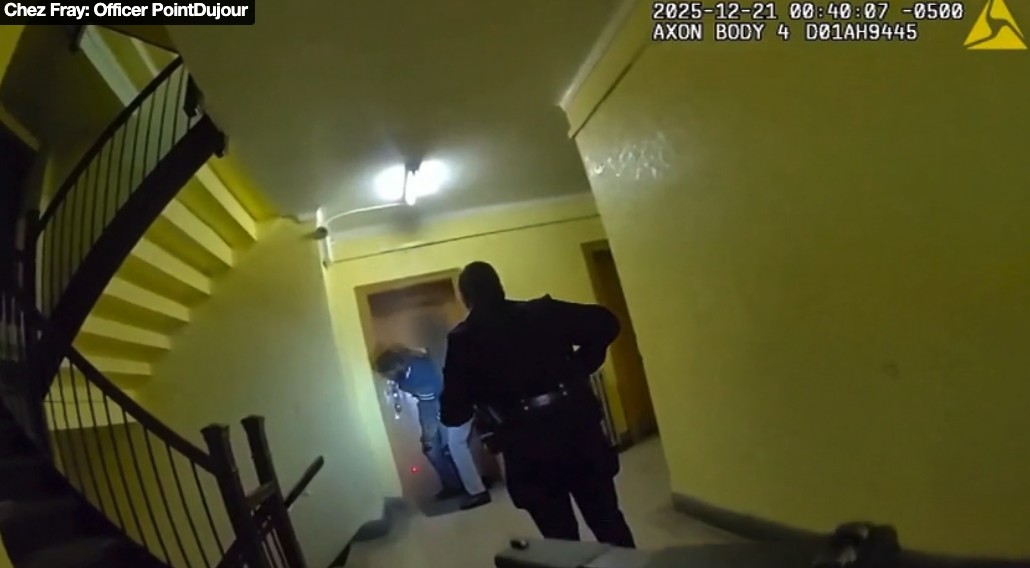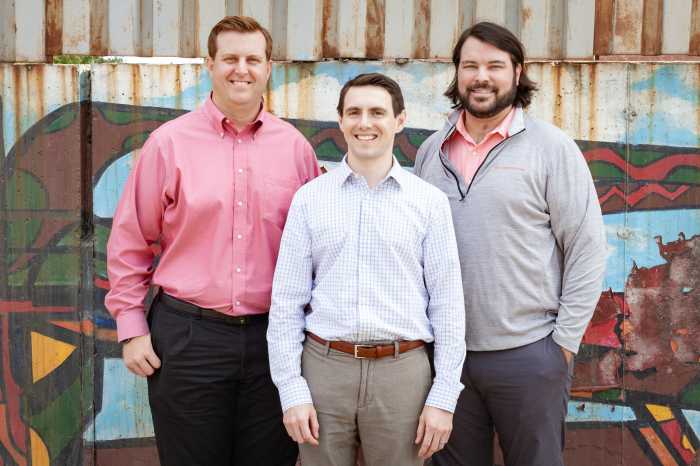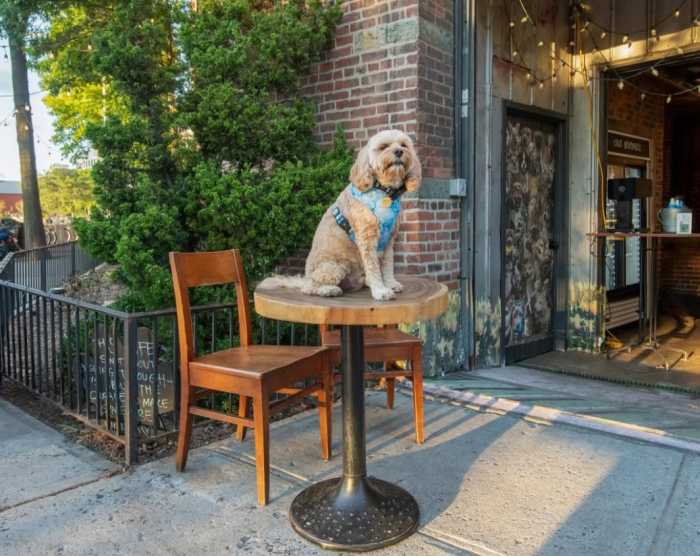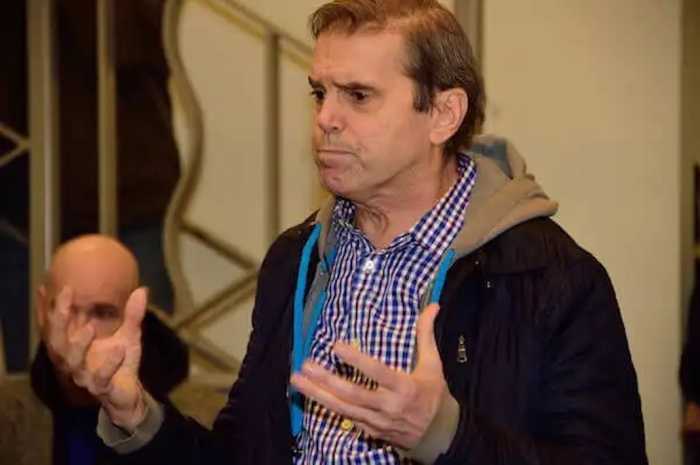Tucked into the lower half of the East Village and home to weekly masses for parishioners, the Most Holy Redeemer Church is one of the historic neighborhood’s tallest and most beloved structures. Since its completion in 1851, the church has served as a center of faith and community for East Village Catholics and a staple of architectural New York triumph for locals and tourists alike.
Now, as the church prepares to do away with weekly services citing a shortage of priests and engineers evaluate whether the building is structurally sound, local preservation advocates and neighbors are calling on the New York City Landmarks Preservation Commission to designate the site as a historical landmark.
The church, which is designed in German Baroque style, was initially built for German immigrants, many of whom established residence in what is today the East Village and Lower East Side. The historic German immigrant neighborhood in the area is still known today as Little Germany, or Kleindeutschland.
“Of course, over the years, the population it’s served has changed and shifted and really represents the sort of polyglot of the Lower East Side, East Village experience,” said Andrew Berman, director of the nonprofit Village Preservation.
The church’s school, which sits behind the main church building, saw a devastating fire in 1883 that killed 16 children. The fire and its impact on the surrounding community started a conversation in New York City about building fire safety regulations, leading to mandatory fire escapes and wider stairwell regulations that remain today.
The church was one of the first to implement electricity and, according to reports from the time, was the first church in the country to replace classical and Baroque music with Gregorian chants, as ordered by Pope Pius X.
“It checks all the boxes, so to speak, and the fact that it’s not already a landmark is surprising,” Berman said. “Because its future is uncertain, it’s more important than ever that that oversight be corrected and that the buildings be landmarked so that we can be assured that they stay with us in perpetuity.”
Village Preservation, which advocates for the preservation of historic sites in Greenwich Village, the East Village, the Lower East Side, and NoHo, penned a letter to Mayor Eric Adams and Landmarks Preservation Commission (LPC) Chair Sarah Carroll in December calling on the city to designate the church as an individual landmark.
The commission replied to the inquiry in February, noting that the commission “determined that the church building may merit consideration for designation,” according to the letter, which was obtained by amNewYork. Though there is no way to formally apply for landmark designation, requests to the commission may impact the way the city prioritizes preservation efforts across the city.
Berman said the reply, though it made no promises, was “actually a remarkably positive response from them.” However, after a few months of no concrete action from the commission, Village Preservation launched a public campaign to save the church, working to raise awareness across the city and flood the commission’s inbox with emails.
“The problem is that the commission is all too hesitant, often, to actually then take any action,” Berman said. “So what they’re basically saying is this building may be worthy of being a landmark, but whether or not we’re actually going to do anything about that remains to be seen. So that’s why it requires this kind of public pressure and effort, campaign.”
According to a spokesperson for the LPC, if the commission determines that a site “may merit” historic designation, it will be added to the agency’s survey list and considered among agency priorities. The spokesperson said that the commission has conducted a review of the site, and though it has determined that the church may merit landmark consideration, more review is required.
Berman said the email campaign has already garnered participation from hundreds of New Yorkers hoping to preserve the church.
“People know and love this building,” Berman said. “And when you see it or read about it, the reaction is, ‘Wait a minute, isn’t this exactly why landmarking exists? Isn’t this the kind of history of New York that we want to see preserved?'”
Catherine Montmory, a parishioner of the church, described the church as “holy, sacred and sanctified ground.”
“To destroy any Church and any building attached to it, such as the rectory, is a sacrilege,” Montmory said. “The beauty and the historic treasure that is Most Holy Redeemer Church is also unique because of the people that built it with their sweat, tears and blood, coming to this land with nothing and in the hope of a better life. This is making it even more sacred and we have a duty to honor and respect these people.”
Montmory said the importance of the church goes beyond its religious impact in the community — it is a key center of community for many in the East Village and surrounding area.
The neighborhood’s other primary church for decades and the first German-language Catholic parish in New York City, the St. Nicholas parish, was demolished in 1960 and replaced with a parking lot, leaving the Most Holy Redeemer Church as the primary remaining historic church in the neighborhood.
Given the neighborhood’s track record of lost historic sites and Village Preservation’s concern with the city’s more recent hesitation to designate buildings as historic landmarks, Berman said there are “really all sorts of reasons to be worried about what the future may hold for Most Holy Redeemer.”
“We’ve really seen a very emotional response to this,” Berman said. “I think people look at this and they say, ‘Look, if we’re not saving buildings like this, what is safe in New York?”



